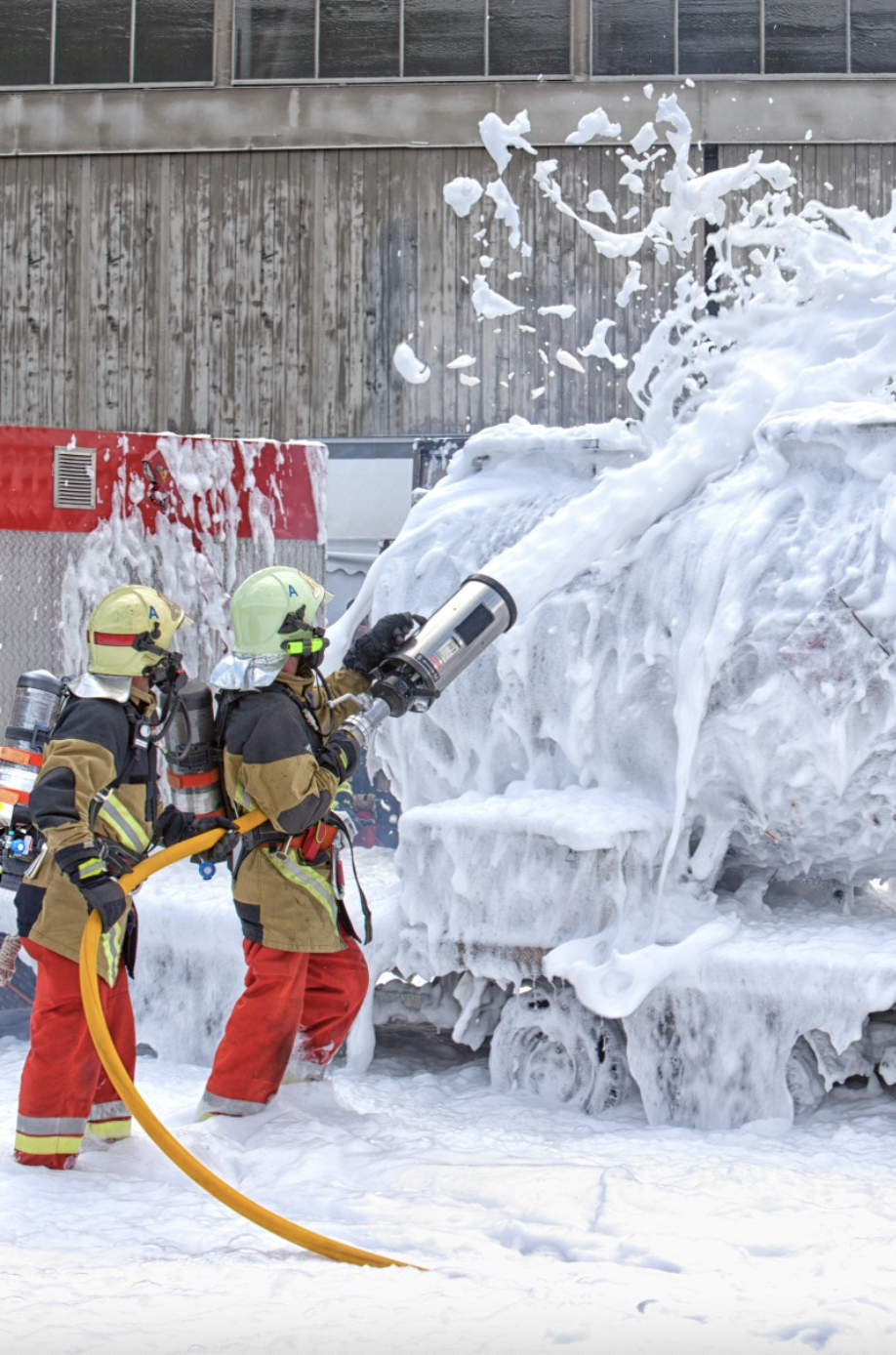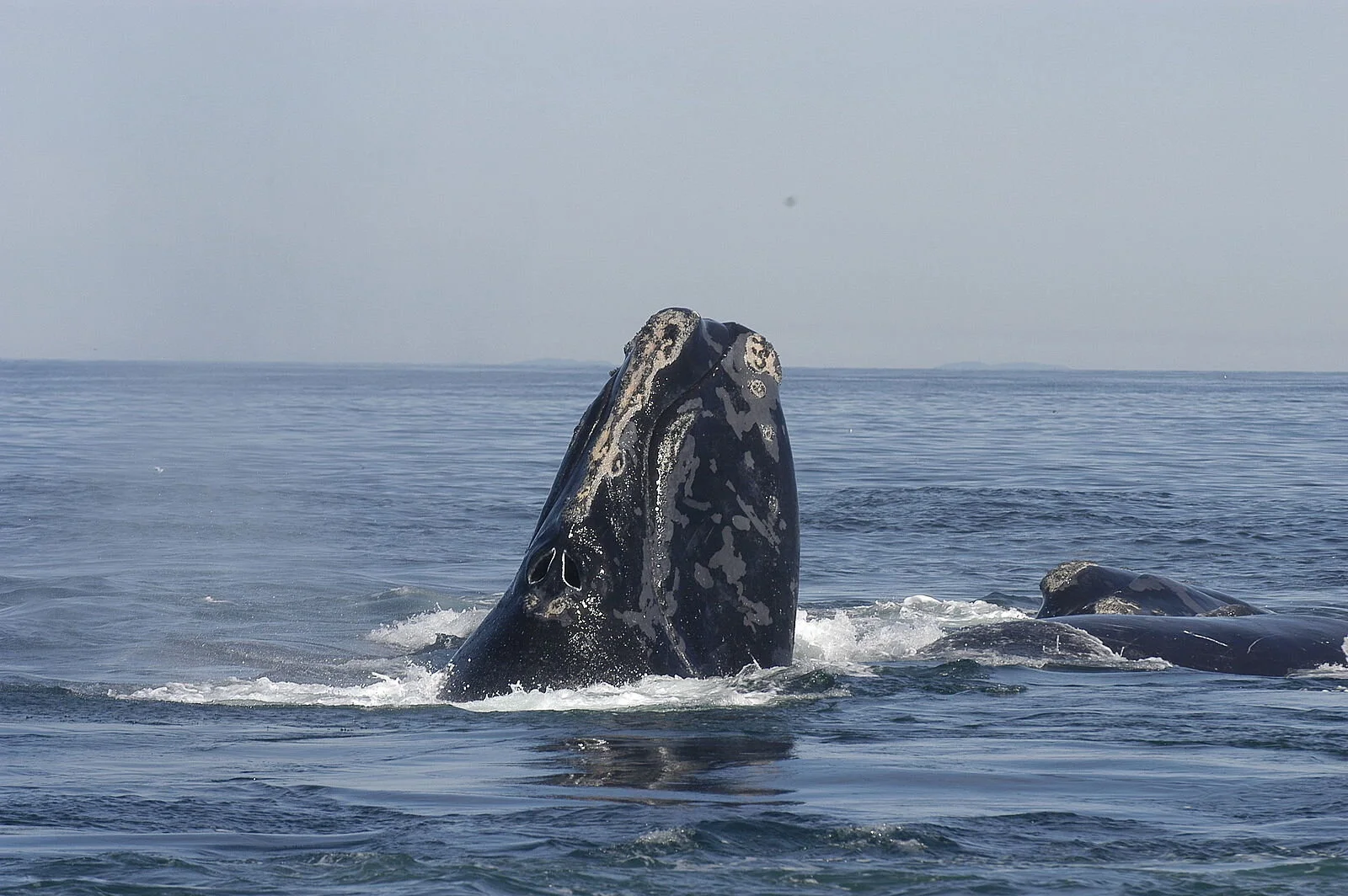Widening the search for toxic PFASs
PFASs, found in chemicals such as non-stick cookware and fire-extinguishing aqueous film-forming foams, are a pressing health issue. Credit: sunara/Getty Images - Repurposed from the original posting of this article
This is a brief preview of the full article, which can be found on Nature’s website.
Few pollutants perfuse ecosystems like per- and polyfluoroalkyl substances (PFASs). Understanding their environmental and public health impact involves detecting and measuring the concentrations of more than 3,000 chemicals, not all of which are fully identified. There is already monitoring for some PFASs, but this isn’t nearly enough. Advanced sample preparation workflows and instrumentation are expanding the scope of PFAS detection efforts. Carrie McDonough, an environmental chemist at Stony Brook University, who has been collaborating with Agilent to develop workflows for PFAS analysis, explains recent developments that are improving our understanding of these chemicals.
Read the rest of the article here: Widening the search for toxic PFASs



